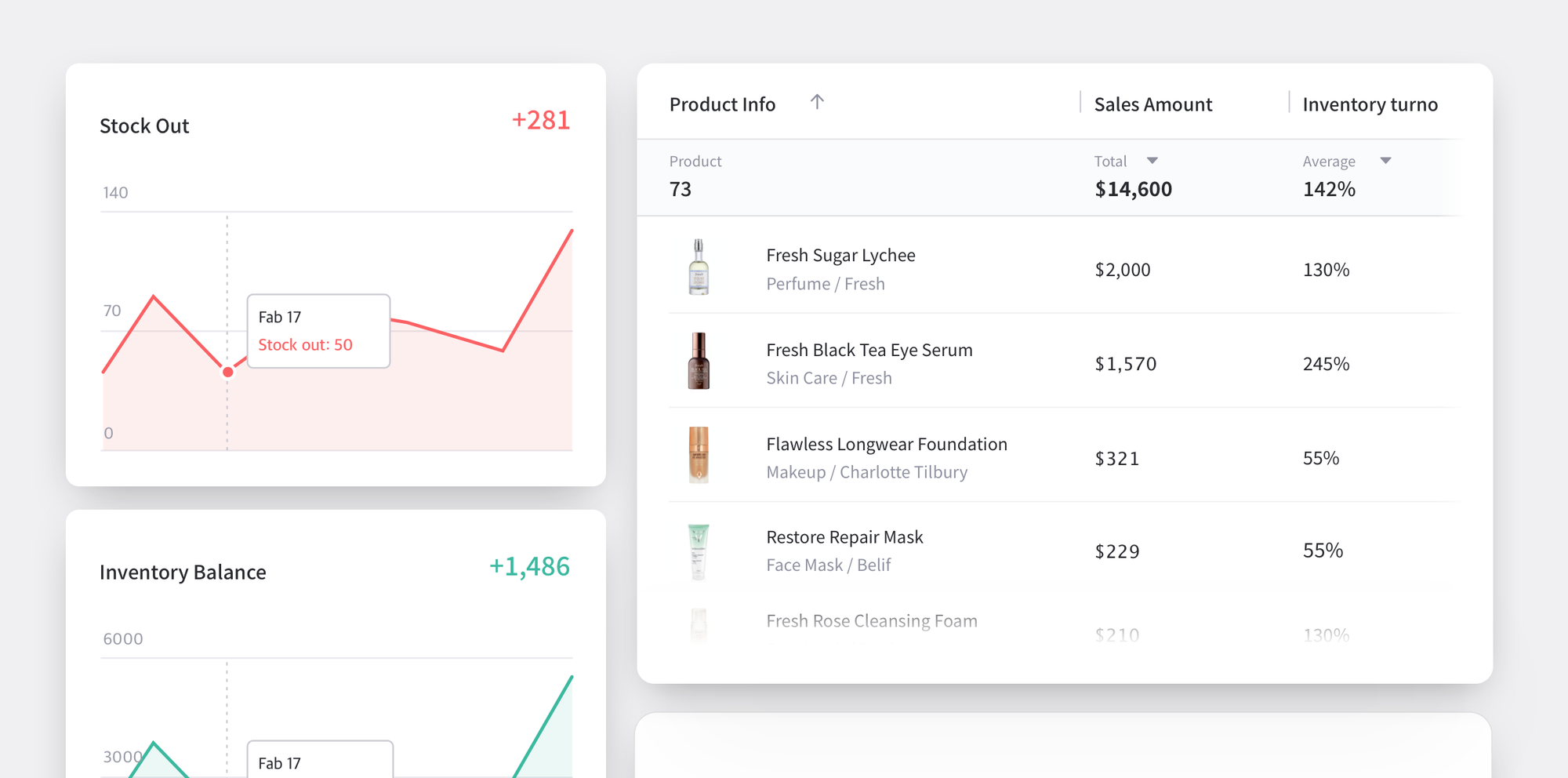Using the 80/20 rule for your business

You start a business expecting all of your products to sell, but over time, you discover a surprising secret: 80% of your sales come from 20% of your products. But did you know that this 80/20 rule can make your business much more efficient if you use it properly? Let's take a closer look at the 80/20 rule and its relationship to your business!
20% of the effort makes 80% of the results
The 80/20 rule refers to the phenomenon that 20% of the resources you put into something produce 80% of the results, meaning that 100% of the effort doesn't lead to 100% of the results. The rule was first brought to the forefront in 1896 by Italian economist Vilfredo Pareto, who noted in his book The Wealth of Nations that:
It seems like it would make sense that 80% of the population should own 80% of the land, but this was not the case. Through his research, Pareto observed a similar pattern not only in Italy but also in other countries. The 80/20 rule is also called the "Pareto Principle" after the man who first discovered it.
In my country, it was popularized by Richard Coach's book "The 80/20 Rule", published in 2000, which became a best-seller. He advocates "immersing yourself in the 20 that make 80" and shows how to implement the 80/20 rule in your daily life. In fact, if you think about it and look around you, you can easily see this phenomenon in everyday life.
• 20% of dietary changes can change 80% of your health
• 20% of athletes score 80% of the points
• 20% of the richest people earn 80% of the gross national income

Ultimately, the 80/20 rule means that there are key areas of everything that drive significant results, and knowing what those 20% key areas are can help you better utilize your resources - time, effort, money, and more.
The 80/20 rule for business efficiency
The 80/20 rule was first applied to business by management consultant Joseph M. Juran, who applied Pareto's discovery of the 80/20 rule to quality control, emphasizing that the "important few" contribute more to the performance of quality control than the "trivial many." Since then, many companies have used the rule to improve organizational productivity and efficiency at different stages of their business. Here are some examples of how companies are using the 80/20 rule.
Marketing
When an apparel retailer analyzed its customer data and discovered that 80% of its revenue came from purchases made by just 20% of its customers, it retooled its marketing strategy to focus more marketing resources on its core customers. It ran personalized marketing campaigns for its most profitable customers, used email marketing to send direct promotions to customers who were more likely to buy, and incorporated their feedback and preferences into product improvements to build brand loyalty and encourage repeat purchases.

Returns and maintenance
A technology product company realized that 80% of returned items were defective, mainly related to batteries. To improve overall product quality, they switched battery suppliers, strengthened their quality inspection process, kept a large inventory of recurrently defective battery parts, and provided fast and efficient maintenance, significantly reducing customer complaints.

Inventory management
A cosmetics retailer realized that certain categories of products accounted for 80% of its sales, and began to pay close attention to inventory management of popular products that accounted for the majority of sales. It regularly checked inventory levels to ensure they did not fall below safety stock, and tightly managed restocking times to avoid shipping delays or stockouts. For the remaining 80% of products that were relatively low in sales, it reduced inventory levels to avoid unnecessary inventory management costs due to overstocking.
If you're looking to apply the 80/20 rule to your business, you'll be able to achieve greater results by strengthening your core operations. If you're looking to implement the 80/20 rule into your inventory management, BoxHero is the inventory management solution for you! BoxHero's inventory analytics help you quickly identify popular products with high sales or high shipments, and conveniently manage safety stock, reorder points, and more.

Click the button below to start your free trial today!


